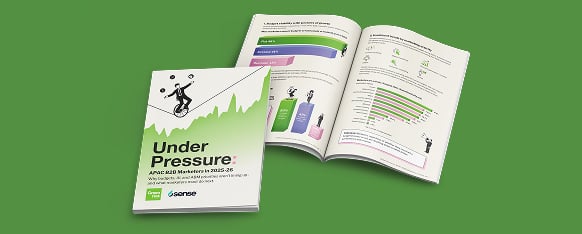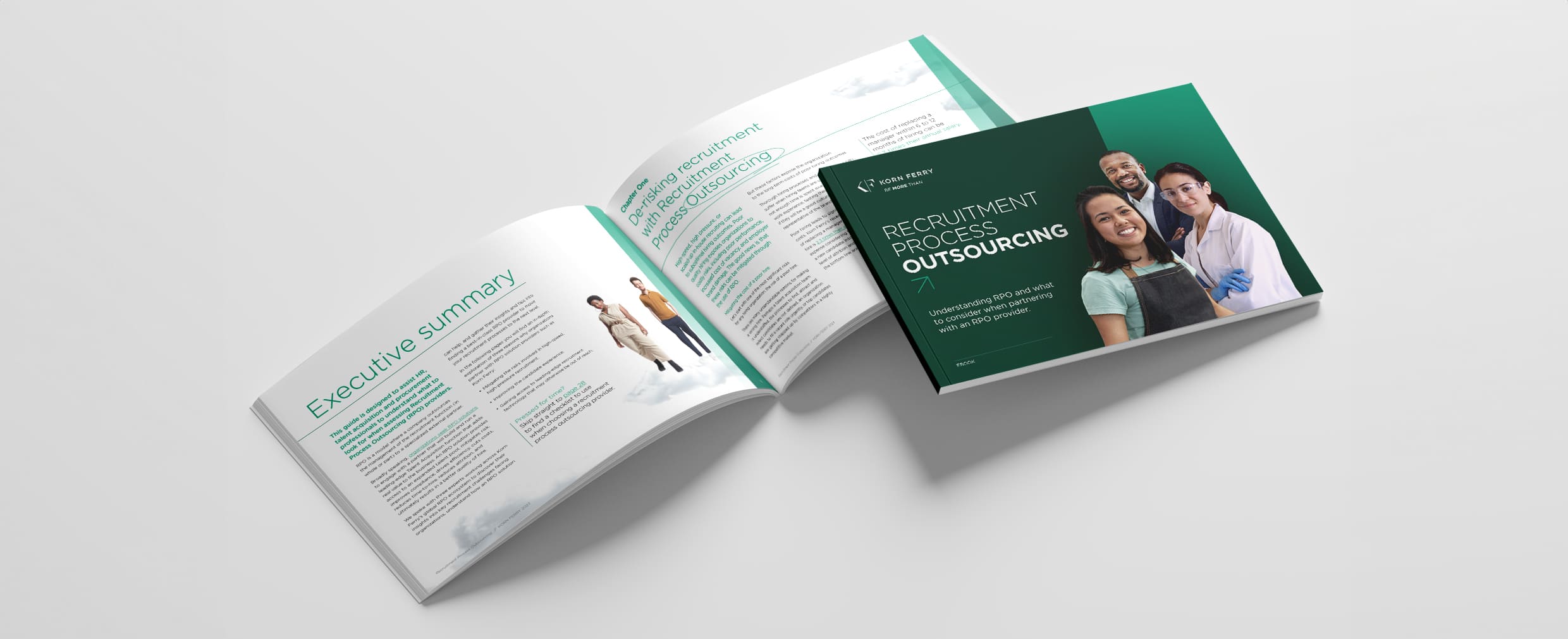How to take your CEO on the journey to build best-in-class marketing
John Price is Director of Marketing Effectiveness at Nielsen, and sits on the front line of media and consumption data.
In this guest post, he shares his insights about what’s motivating the rush to marketing analytics.
In 2015, a US-based CMO survey revealed that marketing analytics were between 6 and 7% of an annual marketing budget. Those same CMOs indicated that leading up to 2018, this figure would climb north of 11%.
Is it simply an increased appetite for analytics or something more?
Having spent a bit of time in this space delving into the issues and understanding the future of analytics, there are three causal effects that continually stand out.
Increased investment in & valuation of 1st party data
We’re well past the days where brands would look at their customer data, fold their arms and think to themselves: ‘what a mess – let’s get a researcher to help us understand our customer’.
Brands have taken better control of the customer interaction data they have, collected more of it, and looked to integrate external data sets and analytics to provide a more complete and predictive view of the customer.
Already in the B2B space, this is resulting in the advent of 1:1 digital content personalisation as well as the ever-improving ability to target advertising and therefore reduce wastage and improve returns.
In some cases better leveraging of 1st party data is driven by digital transformation and in others – simply via focused data strategy.
Reflecting this, a study conducted by Signal in 2015 revealed that 82% of top Australian marketers intended to increase their reliance on 1st party data, due to the best quality of insight and best increase to customer lifetime value. Less than 10% of those marketers reported getting the same benefits from 3rd party data.
Read more: Innovation tips for B2B companies
Outcome-based planning & remuneration
During the ‘mad men’ days of marketing, agencies were remunerated more often on a ‘reach/impact’ basis as I like to call it. That is – come up with a great plan or creative strategy that reaches the right people in the right way and we’ll pay you kindly for the service.
In 2016, this conversation has turned sharply to what Management Consultants call the ‘value-based remuneration model’. That’s consultant’s jargon for, no end result for the client, no pay.
This ultimately leads to the increasing use of analytics to measure and predict the return on marketing investment (ROMI) in a positive way.
Deep diving into historical results enables analytic specialists to build predictive models of ROMI that set out key techniques and optimisations of marketing investment. The data scientists among us call this evidence-led decision making; a long time has been lacking in the marketing discipline, according to the Ehrenberg-Bass Marketing Science Institute, globally renowned academic leaders in the space.
Read more: What you risk if your data isn’t up to scratch
The cross-platform consumer
Regardless of whether you live in a B2B or B2C business world, your consumers are using multiple screens, more often, and usually at the same time.
Nielsen’s Australian Connected Consumer Report this year revealed that ‘triple screening’ – that is, people who admit to using three screens in one session on a regular basis – increased to 33% of Australia’s online population.
The implication here is that having a ‘digital’ bucket of marketing investment is no longer enough. Planning to hit the right consumer at the right time, on the right screen, with the right message is mission critical, and the right application of analytics can help with that – both in measuring and understanding your consumers’ behaviour, as well as being able to predict it.
Talk to Green Hat about B2B marketing analytics solutions today!

 Digital
Digital





